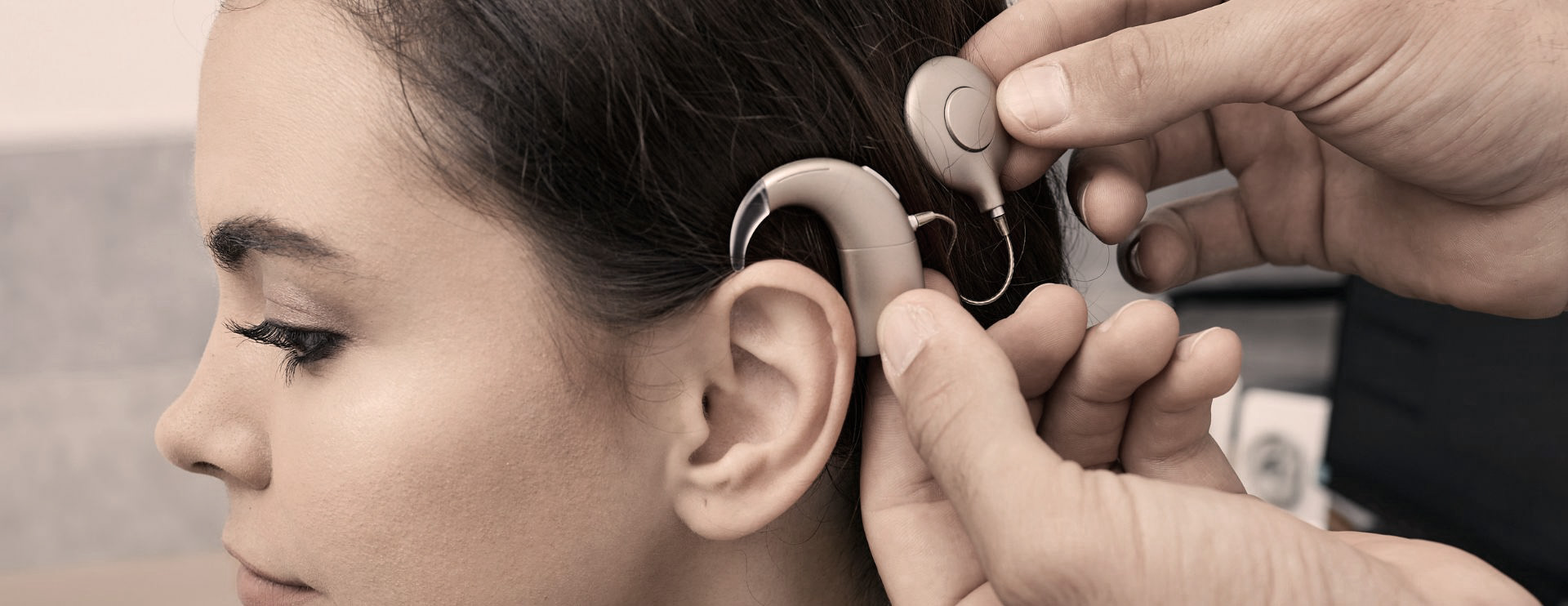

Electrocochleography
Electrochleography measures the electrical responses of sensory cells in the inner ear in response to a sound stimulus. In particular, it measures the electrical activity of the hair cells of the cochlea, which are responsible for translating sound signals into electrical signals, and that of the auditory nerve.
When a sound is presented to the ear, it causes movements in the inner hair cells of the cochlea, which generate an electrical response. This response can be recorded by electrodes placed in the external auditory canal or in contact with the eardrum. Electrocleography measures the amplitude and latency of this electrical response.


Use of electrocleography
Electrocleography is indicated in the following situations :
Assessment of deafness : electrocleography can be used to determine the cause of deafness in a patient, helping to determine whether the deafness is caused by damage to the cochlea or damage to the auditory nerve.
Diagnosis of Ménière’s disease: electrocholleography can help diagnose Ménière’s disease, an inner ear disorder that causes vertigo, tinnitus and hearing loss.
Assessment of tinnitus: electroacleography can help determine the cause of tinnitus.
Finally, electrocochleography can be used to assess the feasibility of a cochlear implant and to fine-tune the device.This examination is usually complementary to other tests of the auditory system, particularly auditory evoked potentials.
